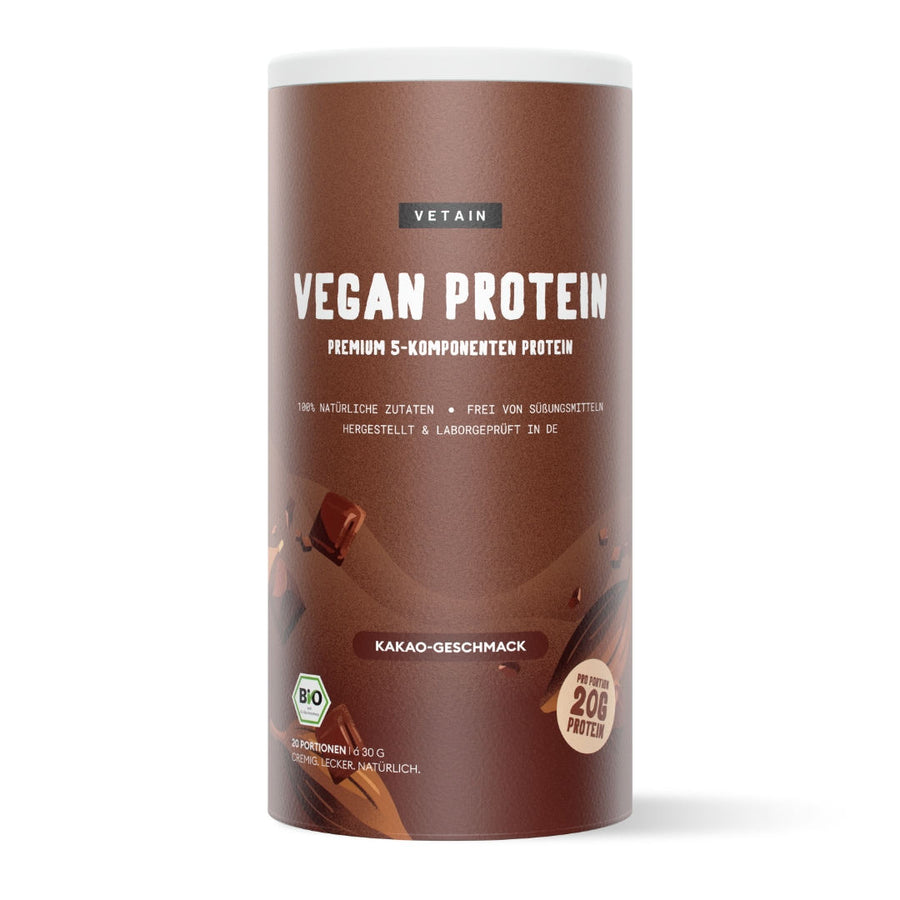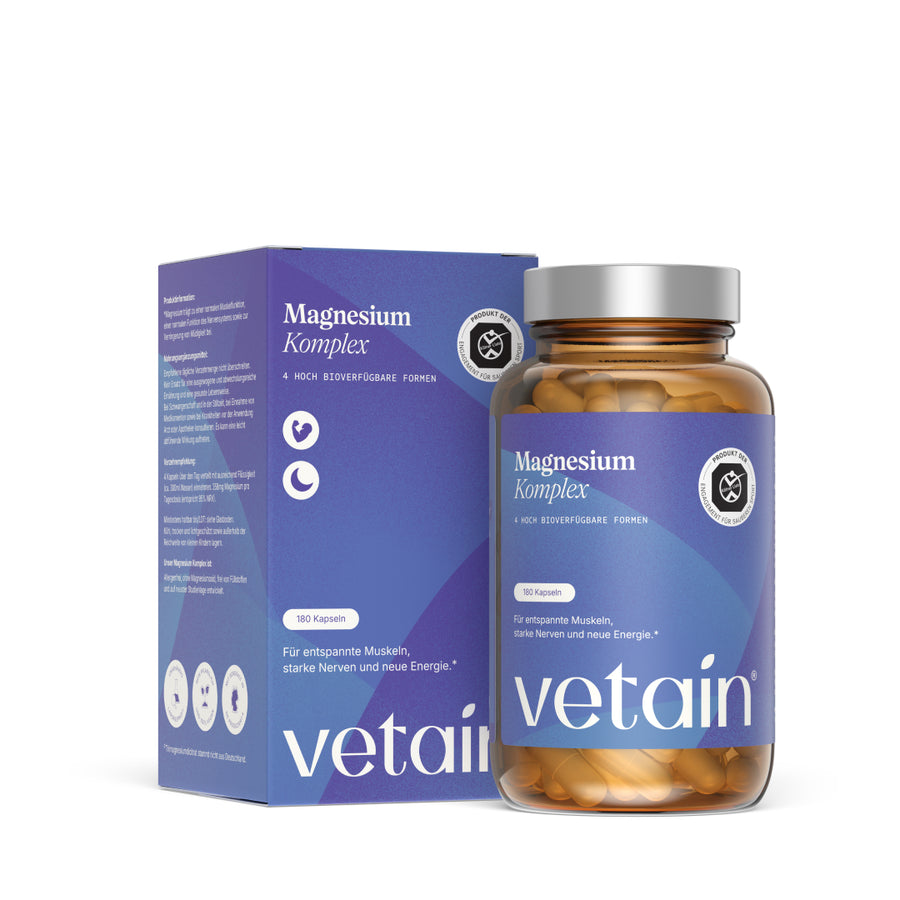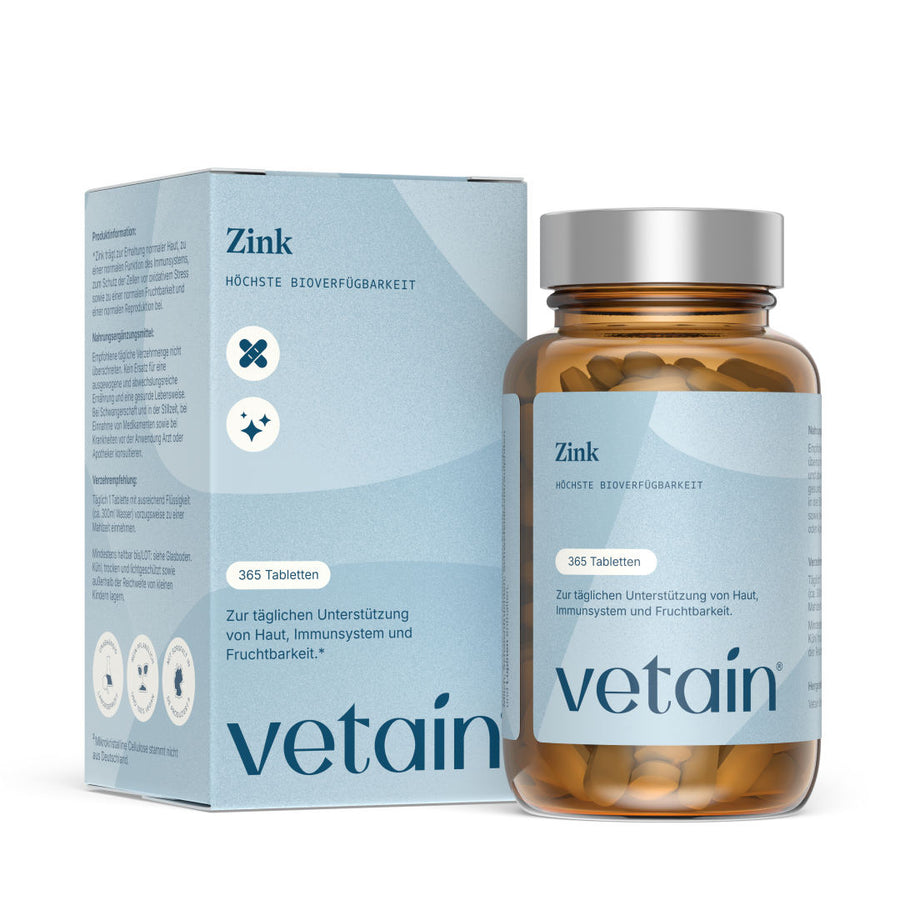Are superfoods really super?
So-called “superfoods” have been experiencing a huge hype for quite some time, but what’s really behind it?
Thanks to the wide variety of different “superfoods,” there’s an immense diversity of nutrients. If you’re looking for natural supplement alternatives, you’ll love superfoods. They provide you with vitamins, zinc, magnesium, and even caffeine! Pretty amazing, right?
What are superfoods?
Superfoods is now an established term for foods that have a particularly high content of vitamins, minerals, and/or secondary plant compounds.
Our Top 10 Superfoods
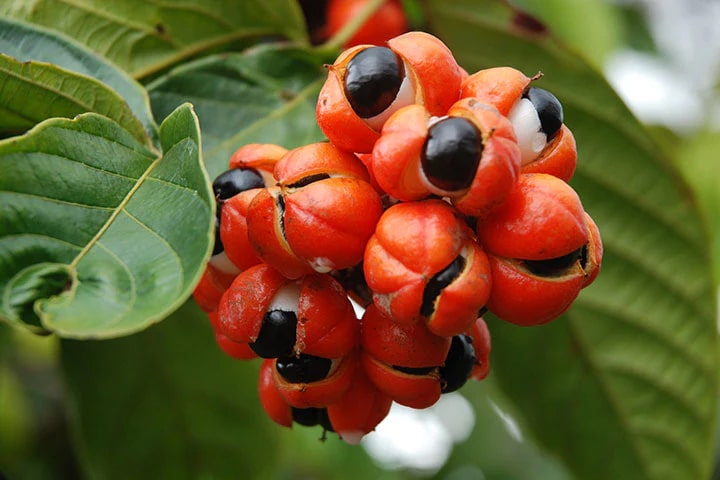
Guarana
Guarana originates from the Amazon region in South America and naturally contains caffeine. Caffeine helps increase alertness and improve concentration. Since in guarana it is bound to tannins, it’s released more slowly than in coffee, meaning its effect can last for several hours. This makes guarana a natural alternative to classic energy drinks for many.
Contains:
- Caffeine
- Guanine
- D-Catechin
- Choline
- Tannins
- Theobromine
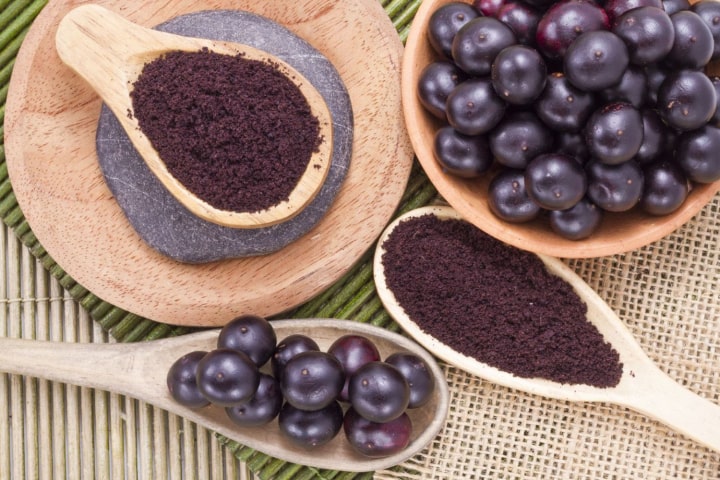
Açai
The açaí berry is a fruit of the cabbage palm, botanically named “Euterpe oleracea.” It grows mainly in the Amazon rainforest. The berries are round, dark blue, and about one to two centimeters in diameter. In Brazil, they’ve been a staple food for centuries. Thanks to the high amount of nutrients, this trendy berry can be used in many ways and is especially popular for a health-conscious lifestyle!
Contains:
- Unsaturated fatty acids: oleic acid, omega-6, omega-9, and omega-3 fatty acids
- Phosphorus, iron, calcium, magnesium, zinc, and copper
- Vitamins B1, B2, B3, B6, C, D, and E
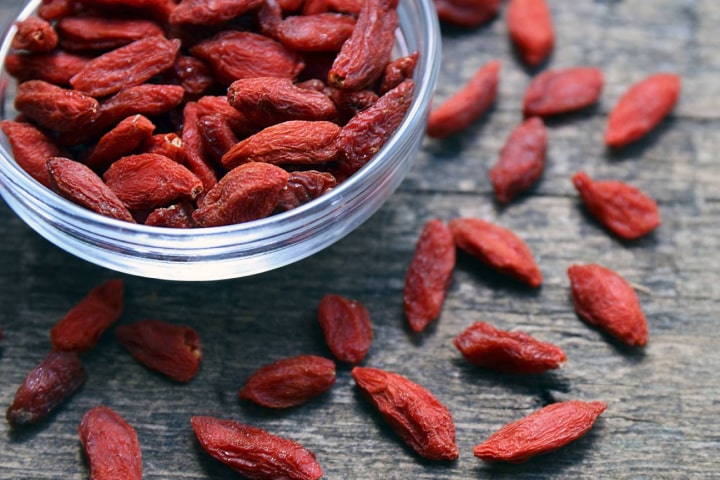
Goji Berries
The goji berry originates from Asia and has been used in various Asian cultures for thousands of years. It contains zinc, minerals, and essential fatty acids. Additionally, the goji berry contains essential amino acids.
Contains:
- Vitamins A, B, C, and E
- Antioxidants
- Minerals such as iron, calcium, magnesium, selenium, and zinc
- Essential amino acids
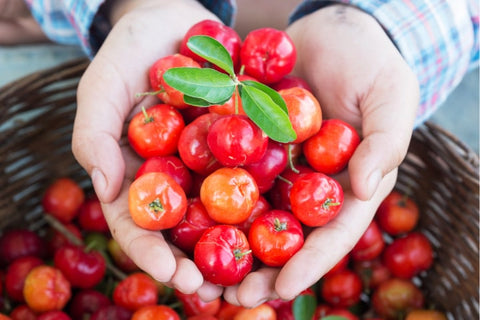
Acerola
The acerola cherry is native to tropical regions, mainly in South America. Originally, the small red fruit comes from Mexico, specifically the Yucatán Peninsula. Outside its natural range, it’s also cultivated in Asia, especially India and China. It has a very high vitamin C content and a slightly tart taste.
Contains:
- Mainly vitamin C (100 grams of the fruit contain over 1677 mg of vitamin C, according to analyses)
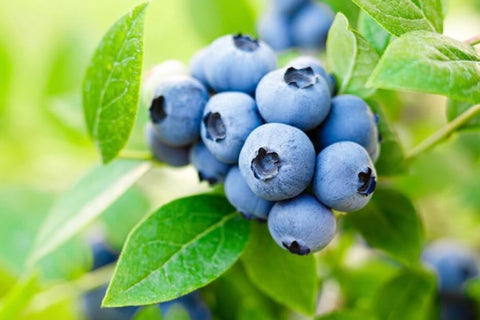
Blueberry
Local superfood berries contain anthocyanins, which are responsible for their deep-blue color. Anthocyanins are secondary plant compounds with antioxidant properties.
Contains:
- Very high content of vitamin B
- Vitamins C, E, and K
- Iron
- Magnesium
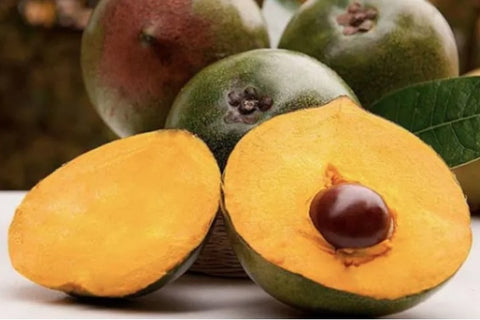
Lucuma
Lucuma is also called the “Gold of the Incas” and is found exclusively in South America (Peru, Chile, Ecuador). Visually, it looks like a cross between a mango and an avocado. The fruit with its green skin has a high content of vitamin C, zinc, and fiber, and also has a slightly tart flavor.
Contains:
- Vitamin C
- Zinc
- Calcium
- Fiber
- Potassium and iron
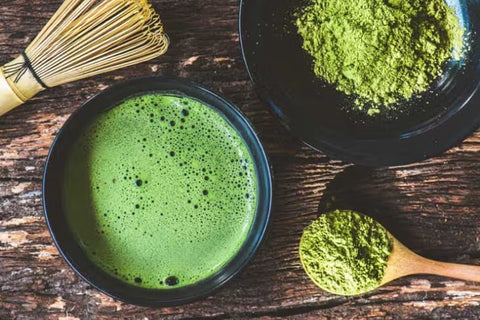
Matcha
Matcha, which means “powdered tea” in Japanese, is a tea variety from Japan. It has a slightly sweet to tart taste. Since matcha tea is not an infusion but made from whole ground tea leaves, it contains many more nutrients than regular green tea. The plant also contains small amounts of natural caffeine, which is why many people drink matcha as an alternative to coffee.
Contains:
- Vitamins A and B
- Calcium
- Zinc
- Potassium
- Magnesium
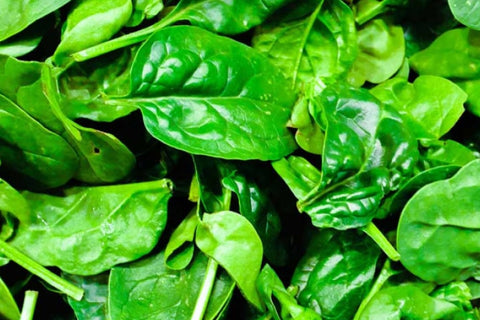
Spinach
If you want to be as strong as Popeye, you can’t skip spinach. Drying and grinding spinach leaves preserves valuable nutrients and minerals in a highly concentrated form. Spinach is mainly known for its high iron content but contains many other important nutrients as well.
Contains:
- Vitamins A, C, E, K, and B2
- Calcium
- Manganese
- Zinc
- Magnesium
- Iron (35–54 mg per 100 g)
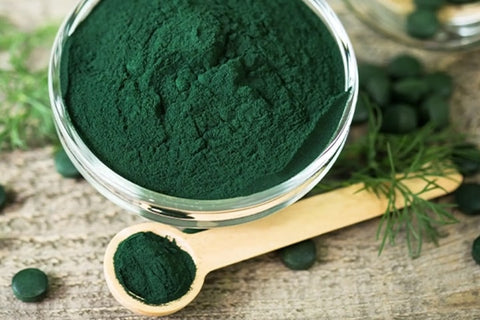
Spirulina
Spirulina: the new trend product from the water. This algae grows in lakes and rivers in Asia, Africa, and South America. It has been used as a staple food there for centuries. Spirulina contains beta-carotene, which the body converts into vitamin A—and in quite large amounts.
Contains:
- Calcium
- Magnesium
- Beta-carotene
- Sodium
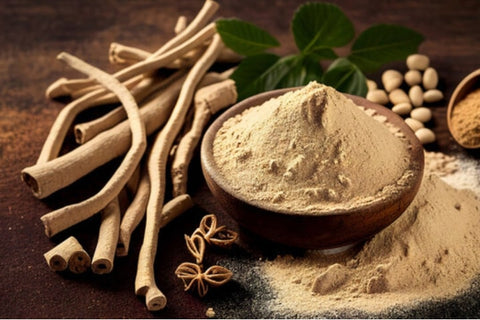
Ashwagandha
Ashwagandha (Withania somnifera) is a plant from the nightshade family that grows exclusively in India and Pakistan. It has been used there for thousands of years.
Contains:
- Withanolides
- Alkaloids
- Choline
- Fatty acids
- Amino acids
%-split_content-%




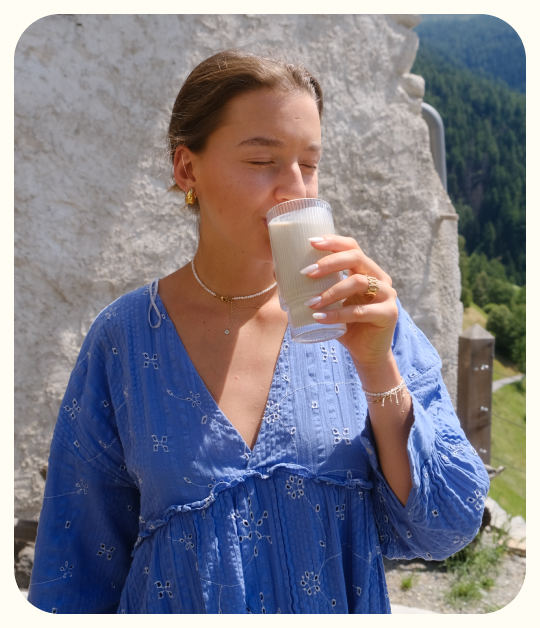
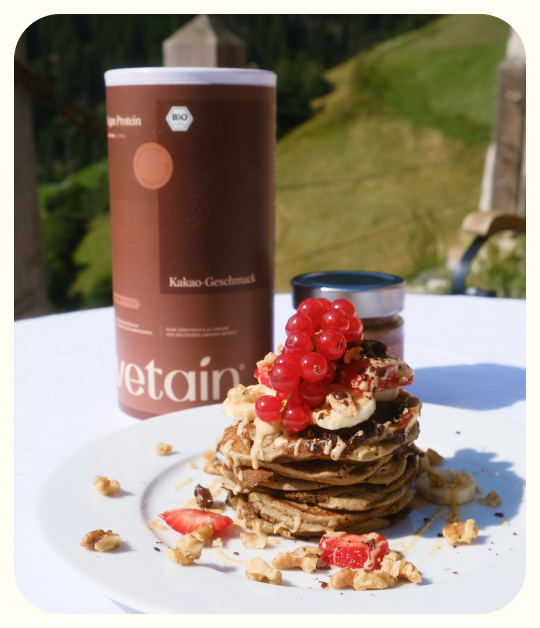









 7 Min
7 Min
 Zuletzt aktualisiert am 17.11.2025
Zuletzt aktualisiert am 17.11.2025

